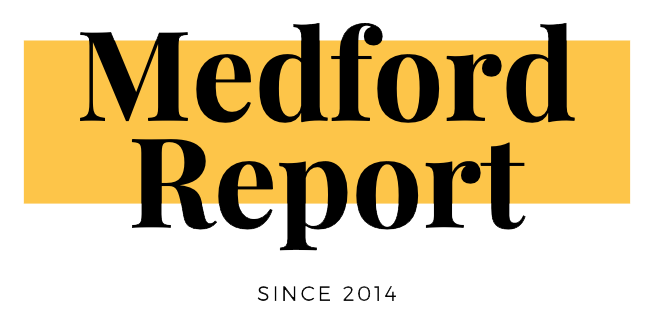Medford, OR – Oregon lawmakers are set to spend nearly $426 million more than originally planned in the current fiscal year, responding to higher-than-expected caseloads in the state’s Medicaid program and increasing demand for services provided to seniors and people with disabilities.
The additional spending is outlined in a set of amendments to five bills—Senate Bills 5550, 5049, 5050, 5051, and 10—released on Wednesday. These amendments are part of Oregon’s routine “budget rebalance” process, which adjusts the two-year budget passed by the Legislature in odd-numbered years. The rebalancing occurs in even-numbered years during a 35-day legislative session, or during special sessions called by the governor or the Emergency Board, a group of lawmakers who can approve spending requests when the Legislature is not in session.
The bulk of the new expenditures is directed toward the Oregon Health Authority (OHA) and the Department of Human Services (DHS). The OHA, which oversees the Oregon Health Plan (Medicaid), will receive nearly $198 million to address rising caseloads. The increase in funding is needed to accommodate higher-than-anticipated enrollment and service utilization, which have placed additional strain on the Medicaid program.
Senator Kate Lieber, a Democrat from Beaverton and co-chair of the budget-writing Ways and Means Committee, explained that the OHA had initially budgeted a specific amount for Medicaid spending. However, with the growth in both caseloads and utilization, the agency required additional funds to continue operations through the end of the fiscal year in June.
“The increase in demand for Medicaid services is significant, and we’re responding to ensure the program can meet these needs through the end of the year,” Lieber said.
In addition to the funding for Medicaid, DHS will receive more than $161 million to meet the growing demand for services from its Aging and People with Disabilities Office. Lawmakers attribute this surge in need to an increase in the number of people requiring long-term care, a trend that has accelerated since the COVID-19 pandemic.
Another portion of the funding for DHS—$10 million—will be used to help prevent foster children from being placed in temporary lodging, such as hotel rooms. This money had previously been allocated but was not spent when available funds were reallocated during a December special session to cover wildfire-related expenses.
Rep. Tawna Sanchez, a Portland Democrat and co-chair of the Ways and Means Committee, emphasized that the foster care funding was essentially a restoration of previously allocated funds. “We are making sure to keep our commitment to prevent children from being placed in temporary lodging,” Sanchez said. “It’s critical that we provide a more stable living environment for these kids.”
Other budget items include $6 million for wildfire prevention efforts ahead of the spring season, $4 million for court interpreter services, and $50,000 for a management review of the Oregon Department of Transportation. This review aims to improve accountability and efficiency within the transportation department, which lawmakers are looking to stabilize financially as gas tax revenues continue to decline.
The new spending comes at a time of uncertainty for the state’s future budgets. Lieber and Sanchez noted that the 2025-27 budget framework is still in flux due to uncertainties surrounding federal funds, potential tariff impacts, and other external factors. Lawmakers plan to base their decisions on the next quarterly economic and revenue forecast, due in late April.
As Oregon navigates growing demand for services and rising costs, lawmakers are working to ensure the state’s agencies have the resources they need to meet the challenges of the next fiscal year. The amendments to the budget reflect the state’s ongoing efforts to balance fiscal responsibility with meeting the needs of its most vulnerable residents.

